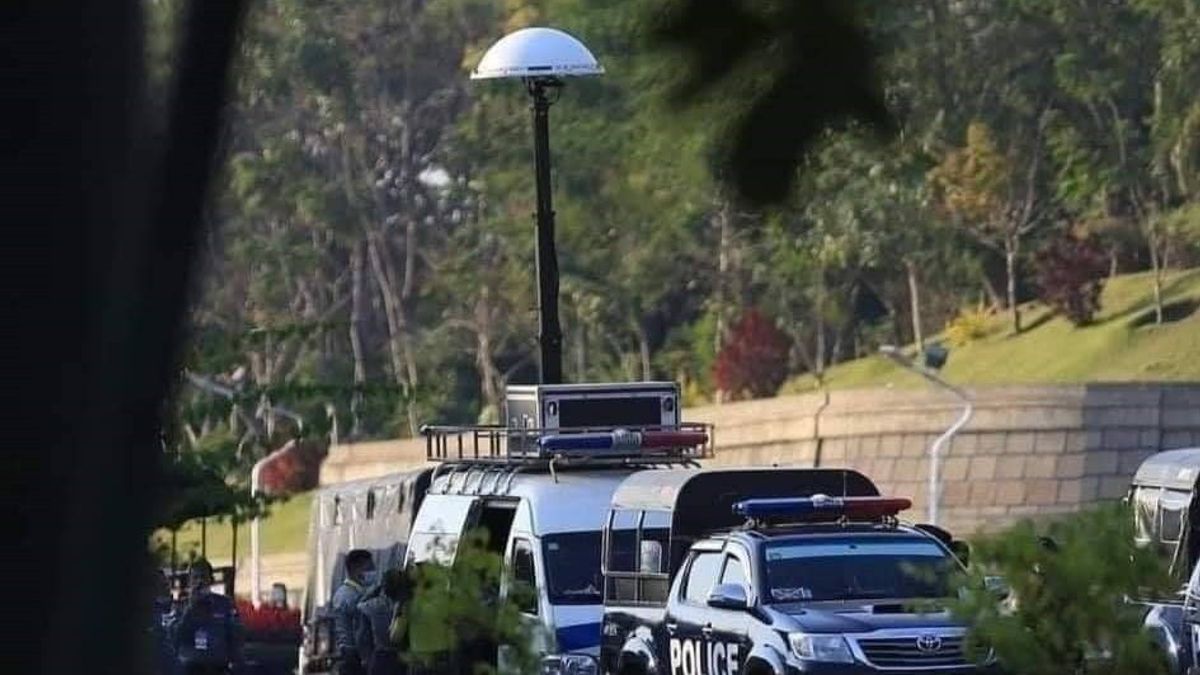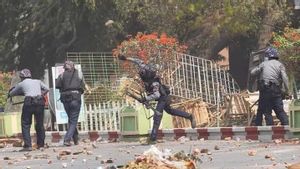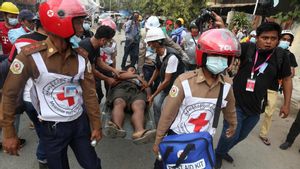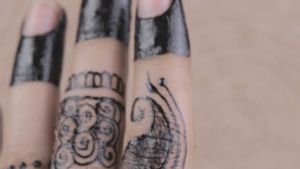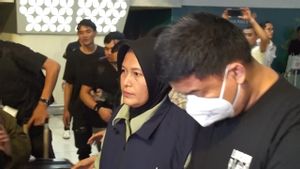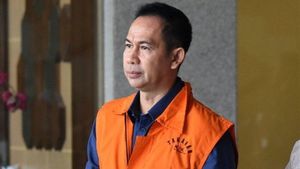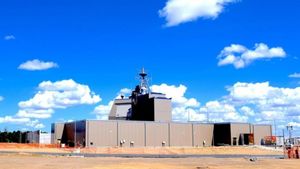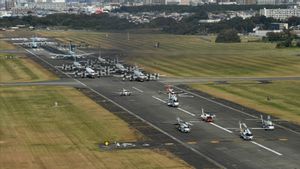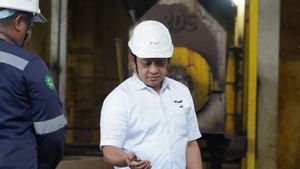JAKARTA - The demonstration against the Myanmar military regime coup has entered its 41st day on Saturday, March 13 yesterday. At least 92 people were recorded as having died, nearly two thousand people were detained and hundreds were injured.
This is inseparable from the repressive actions of the Myanmar military regime, which did not hesitate to hit, throw stun grenades, release tear gas, shoot rubber bullets, and sharp explosives at protesters.
In addition, in several photos circulating on social media, the Myanmar police and military were caught using drones, cellphone cameras, and professional cameras, which were later known to monitor protests, as well as identify and face recognition.
The Myanmar military regime is also known to make use of the CCTV camera system that was only installed some time ago, in a number of public places in a number of cities. These cameras are equipped with facial recognition technology and vehicle license plates.
"The Myanmar military junta's access to a new public camera system, which is equipped with facial recognition and number plate recognition technology, poses a serious threat to basic rights in the country, Human Rights Watch said Thursday, March 12, as reported from www.hrw.org.
"The use of facial recognition technology in public spaces does not only risk the misidentification of people as criminal suspects. Even if the technology is accurate, it allows the government to monitor people's habits and movements, creating the potential for dire effects on freedom of expression, association, and assembly. It can also be used to select individuals in a discriminatory or arbitrary way, including for their ethnicity or religion," Human Rights Watch said.
Improved surveillance capabilities through artificial intelligence technology is a growing concern following the February 1 military coup, as the junta increasingly uses lethal force against protesters and others who express opposing views.
The use of CCTV cameras cannot be separated from the launch of the 'Safe City' program on December 14, 2020. In the first phase, 335 CCTV camera systems were installed in the capital city of Naypyidaw and eight other cities.
Originally, this technology would also be applied in Mandalay in mid-2021, followed by implementation at the commercial center in Yangon. The total funds that Myanmar has made to realize this program have reached USD 1.2 million.
“This strong surveillance system supports the Myanmar junta's crackdown on demonstrations. The ability of the authorities to identify people on the streets, potentially track their movements and relationships, and disrupt private lives poses a huge risk for anti-coup activists," explained Asia researcher Manny Maung.
In Myanmar, the launch of facial recognition and license plate recognition technology has been approved without public consultation or transparency, so it is unclear how the authorities plan to reduce the potential impact of the technology on human rights, including the right to privacy.
SEE ALSO:
For information, after carrying out a coup the Myanmar military regime amended articles 5, 7, and 8 of the Law on Protecting the Privacy and Security of Citizens (2017), removing basic protections, including the right to be free from arbitrary detention and the right to be free from unsecured, surveillance, search and seizure on February 13.
“Before the military coup, the Myanmar government tried to justify mass surveillance technology in the name of fighting crime. But what it did was empower a ruthless military junta. The launch of this technology should be suspended in light of the risks involved and the possibility of further rights violations," concluded Maung.
1/3 The Myanmar military junta’s access to a new public camera system equipped with facial recognition and license plate recognition technology poses a serious threat to basic rights, says @hrw.https://t.co/Q7IFN7yVYX pic.twitter.com/FGktwbQaQ6
— Linda Lakhdhir (@LLakhdhir) March 12, 2021
Myanmar Coup. The VOI editorial team continues to monitor the political situation in that one of the ASEAN member countries. Casualties from civilians continue to fall. Readers can follow the news covering the Myanmar military coup by clicking this link.
The English, Chinese, Japanese, Arabic, and French versions are automatically generated by the AI. So there may still be inaccuracies in translating, please always see Indonesian as our main language. (system supported by DigitalSiber.id)
